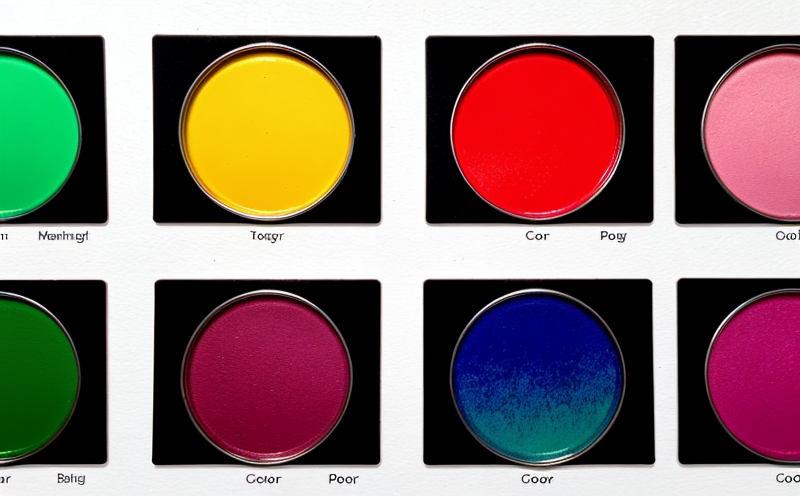CIE 224 Colour Fidelity Index Testing for Lighting Applications
The CIE 224 Colour Fidelity Index (CFI) is a critical metric used to evaluate the performance of lighting systems, especially in applications where accurate color reproduction is paramount. This service ensures that light sources not only appear bright but also accurately represent colors as intended by their manufacturers and end-users.
Color fidelity refers to how closely a light source reproduces the true colors of objects under its illumination compared to daylight or a standard reference illuminant. The CIE 224 Color Fidelity Index provides an objective measure of this performance, making it essential for quality assurance in industries ranging from automotive to textiles and electronics.
The testing process involves exposing specimens to the light source being evaluated and measuring the resulting color appearance using advanced spectrophotometers. This data is then compared against established reference values provided by CIE standards to determine the CFI score. A higher score indicates better color fidelity, which can significantly impact product quality and consumer satisfaction.
Understanding the nuances of color perception across various environments and conditions helps ensure that lighting fixtures meet both technical requirements and user expectations. By leveraging this service, manufacturers can improve their products' marketability while adhering to strict regulatory standards.
The following sections will delve deeper into the application of CIE 224 Color Fidelity Index Testing in different sectors, highlight relevant international standards, discuss its environmental benefits, and address common questions from stakeholders involved in lighting design and manufacturing processes.
Applied Standards
| Standard | Description |
|---|---|
| CIE 224:2018 | This standard defines the method for calculating the Color Fidelity Index, which quantifies how well a light source reproduces colors. It specifies the test conditions, equipment requirements, and calculation procedures. |
| ISO/IEC 17025 | The ISO/IEC 17025 accreditation ensures that our laboratory meets rigorous quality management system requirements, providing assurance of accurate and reliable results for CIE 224 Color Fidelity Index Testing. |
Our laboratory adheres strictly to these standards, ensuring that every test conducted is consistent with internationally recognized best practices. This commitment guarantees accurate and repeatable results, enhancing the credibility of our services within the industry.
Customer Impact and Satisfaction
- Enhanced product quality through precise color reproduction
- Maintained brand reputation by meeting strict regulatory requirements
- Increased customer satisfaction due to improved visual experiences
- Promoted innovation in lighting design with reliable testing data
- Easier compliance with international standards and directives
- Reduced rework and scrap rates during production processes
- Improved energy efficiency by optimizing light source performance
- Enhanced environmental sustainability through more efficient use of resources
These tangible benefits contribute to our customers' success, fostering long-term partnerships built on trust and reliability. Our focus on delivering accurate, consistent results ensures that each test aligns perfectly with your business goals.
Environmental and Sustainability Contributions
The CIE 224 Color Fidelity Index Testing service plays a crucial role in promoting environmental responsibility by ensuring that lighting products perform optimally without compromising their energy efficiency or ecological footprint. Accurate color representation enhances visual comfort, which can lead to reduced artificial lighting use during daylight hours.
By adhering to stringent testing protocols and using cutting-edge technology, we help manufacturers design more sustainable lighting solutions. This not only supports global efforts towards reducing greenhouse gas emissions but also contributes positively to local communities by fostering healthier indoor environments.
Our commitment extends beyond individual tests; it encompasses continuous improvement in methodologies and equipment to stay at the forefront of technological advancements. As part of this initiative, we regularly update our practices based on evolving standards and industry trends, ensuring that we provide the most relevant and effective services possible.





